I Tested 12 Quick Methods of Coping With Anxiety
Everyone knows what it’s like to experience a stressful situation. My name is Maria, and I often get nervous when I have to make phone calls to strangers, hold video conferences on the Internet, or deal with conflicts at work or at home. Anything like that puts me in a state close to a panic attack, with my heart pounding in my chest and all my thoughts flying right out the window. So I decided to look into whether there are ways to calm down quickly, and how well they work.
Allocate a special “worry time” for yourself

If a person is constantly dealing with anxiety, experts advise choosing a convenient time during the day and devoting about 20 minutes exclusively for worrying. It’s best to always do this at the same time, in the middle of the day or at least a few hours before going to bed.
During the “worry time” you’re allowed to worry about anything. Any stressful events should be written down in advance and any worries postponed until your allocated time. This method had its disadvantages, because worrying strictly on schedule didn’t work for me. And the idea of “I’ll think about it later” felt childish.
Blow up a few balloons or use a hula hoop
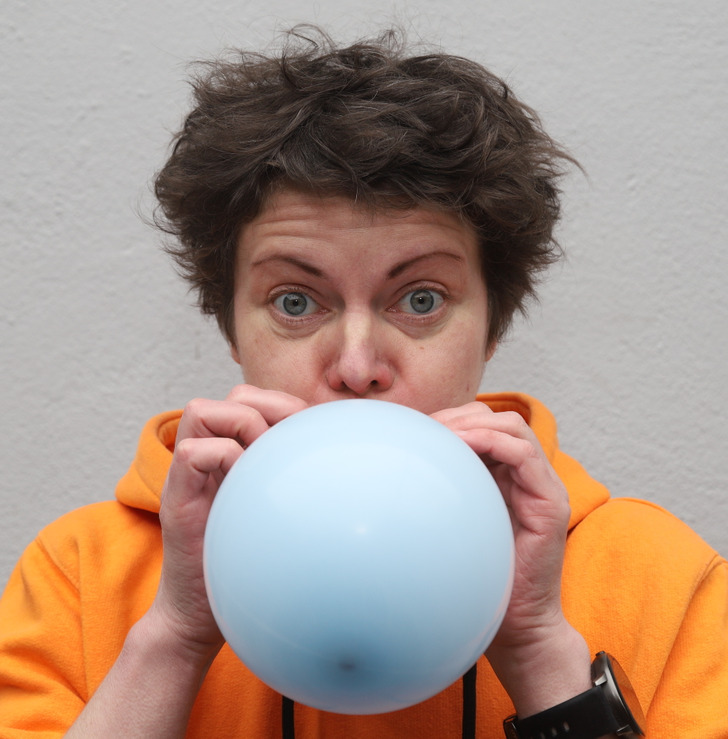
When we’re under stress, our breathing pattern often changes. But without enough oxygen, the body has a hard time relaxing. Blowing up balloons, or blowing bubbles with bubble gum, forces you to take deep breaths, and as a result, reduces anxiety. But I must have been rushing too much, because it made me dizzy and, in turn, only made my anxiety worse.
As for the hula hoop exercise, I couldn’t test it myself as I don’t have a hoop. In theory, these types of exercises remind us of our carefree childhood days, which can help to improve our mood. Moreover, any kind of physical activity is supposed to help ease your worries.
Dedicate a few minutes to breathing exercises
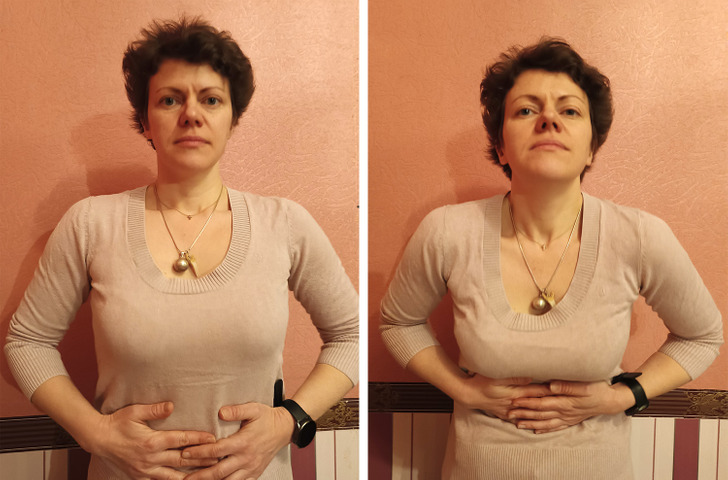
The special breathing technique used in yoga not only helps you cope with stress but can also help you to maintain mental health. I’ve found a few exercises that are recommended for use in moments of anxiety.
In “breath of fire,” you need to sit down, assume a comfortable position, and straighten your back. Place your hands over your belly. First, take a calm, deep breath in through the nose, followed by a strong exhale out the nose, tightening the abdominal muscles. The length of the exhalation should be equal to the length of the inhalation. Repeat the exercise 10 times. I don’t know if this process calmed me down, but it certainly took my mind off unnecessary thoughts.
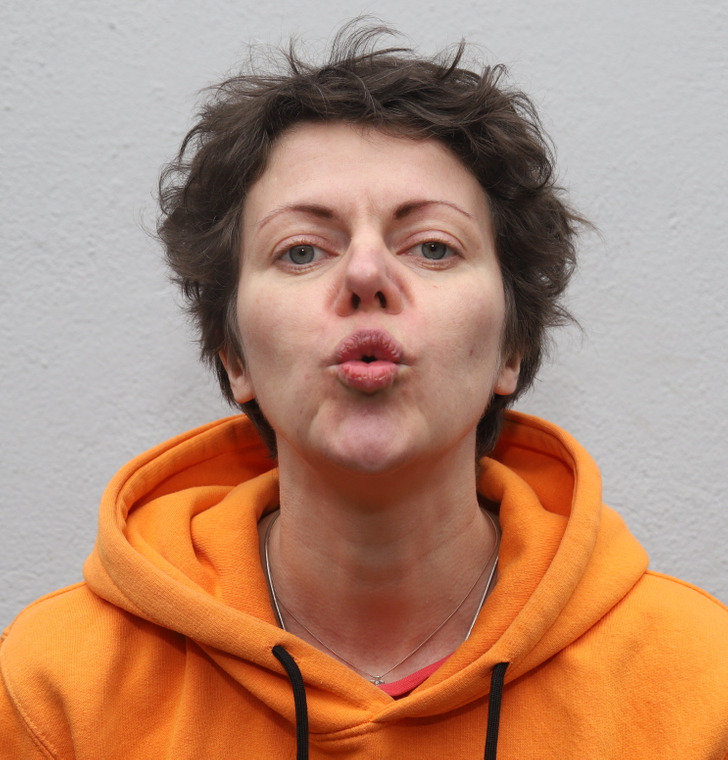
The second exercise was even easier. I sat comfortably on a chair, as I didn’t feel great sitting on the floor, and relaxed my neck and shoulders. The next step was to take calm, deep breaths in through the nose and breathe out through the mouth, pursing the lips as if for a kiss. The measured, deep breathing quickly helped me relax.
Try alternate nostril breathing
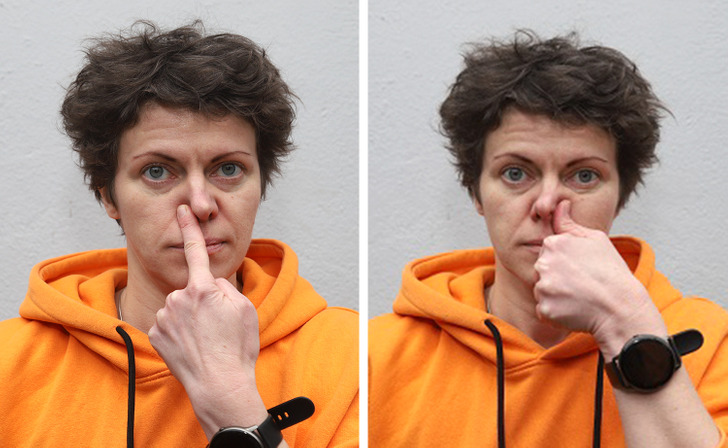
Alternating nostril breathing is often used in various meditation practices. Before starting the exercise, assume the lotus pose. Press the thumb of your right hand against the right nostril and breathe in through the left nostril for 5 seconds. Hold your breath for 5 seconds, then press the index finger against the left nostril and breathe out through the right nostril for 5 seconds. This is usually done for several minutes. Maybe I didn’t follow the instructions correctly, but peace and joy never came my way.
Wash the dishes
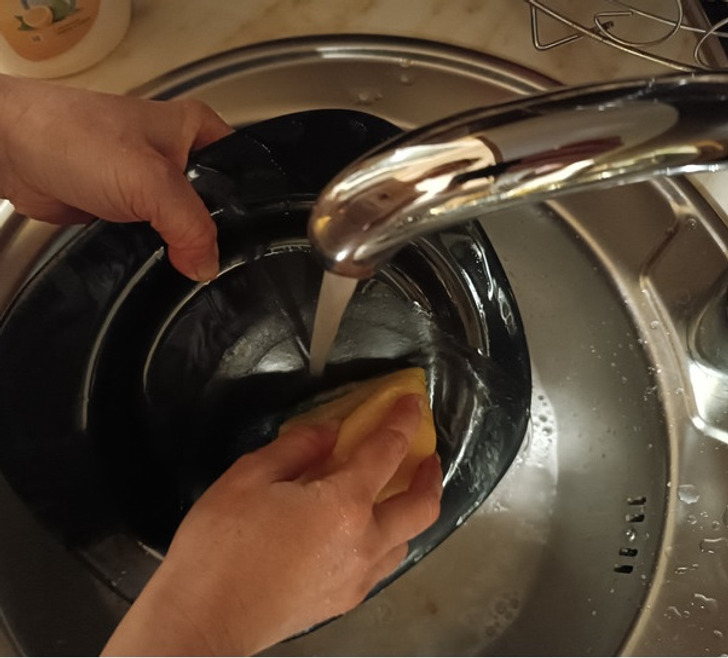
A recent study has shown that washing the dishes helps some people calm down. But the process must be done mindfully, trying to focus on your senses: the smell of the dish soap, the warmth of the water, the shine of the clean plates. As strange as it may sound, when I tried washing the dishes not because they piled up in the sink, but as part of an experiment, this simple act helped me come to my senses and concentrate.
Drink a glass of water
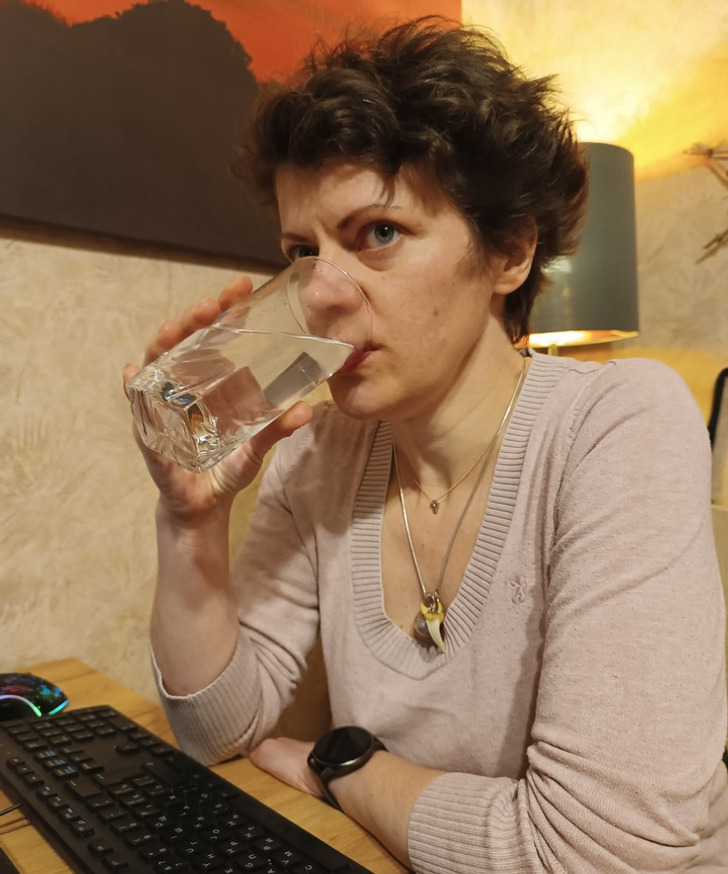
Scientists have found that the amount of fluids a person consumes affects their state of mind. Drinking at least 5-6 glasses a day can help you tolerate stressful situations more easily. Dehydration, on the other hand, can make you more irritable and susceptible to stress. As for me, a glass of water always helps me come to my senses, catch my breath, and get in the right frame of mind.
Take a shower, or at least wash your face with cold water
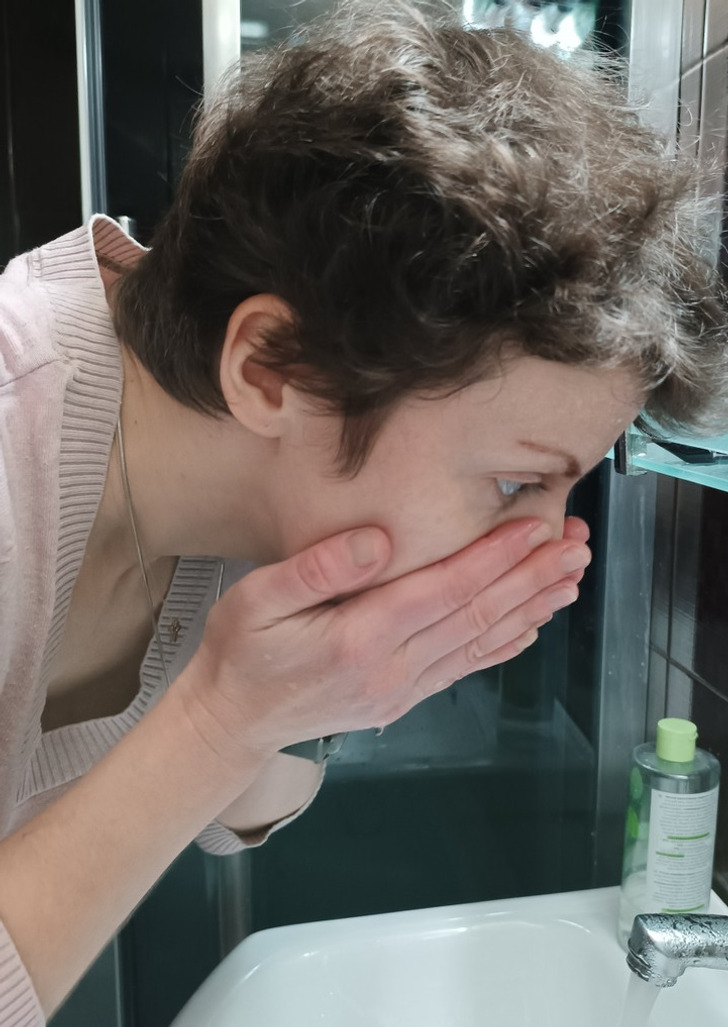
A scientific study has shown that bathing is an excellent stress reliever. Hot water stimulates the production of the happiness hormone, while cold water improves blood circulation. In addition, taking a shower makes people feel clean, and this also helps with anxiety.
Even watching videos of people washing their hands can be relaxing. If a shower is not an option, you can simply splash your face with water. Concentrating on your senses is good for relieving anxiety. I tested this method, and it turns out that wetting your face with cold water or ice cubes is a great distraction in moments of anxiety.
Spend 10-15 minutes drawing lines and geometric shapes
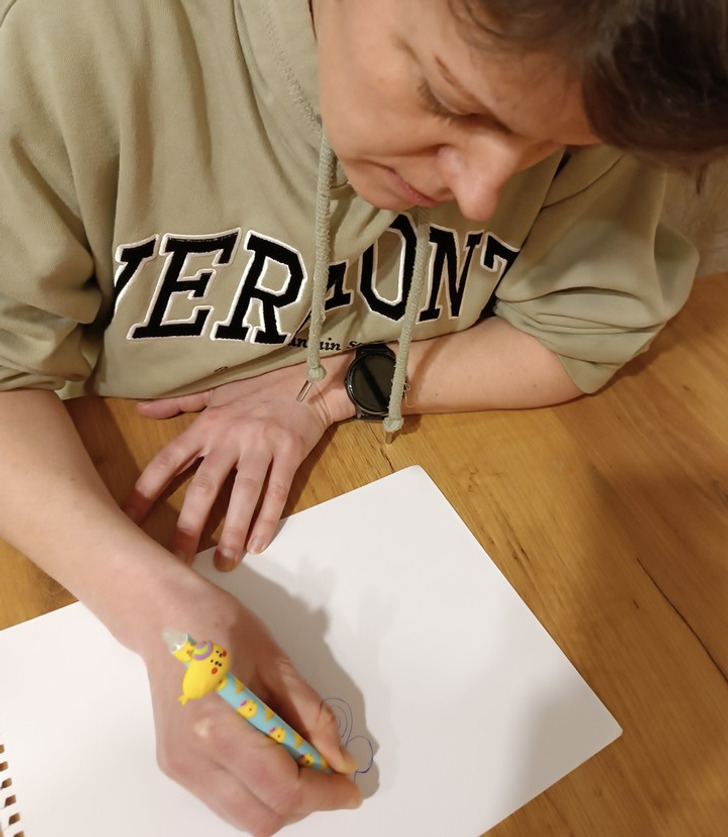
Drawing helps us take our minds off our worries and get our emotions under control. And it doesn’t matter whether you’re drawing funny faces, coloring patterns, or drawing simple lines. I tried a few different things, and it turns out it’s the latter that works best for me. I only needed to fill half a page with circles, lines, spirals, and other geometric shapes to feel completely calm.
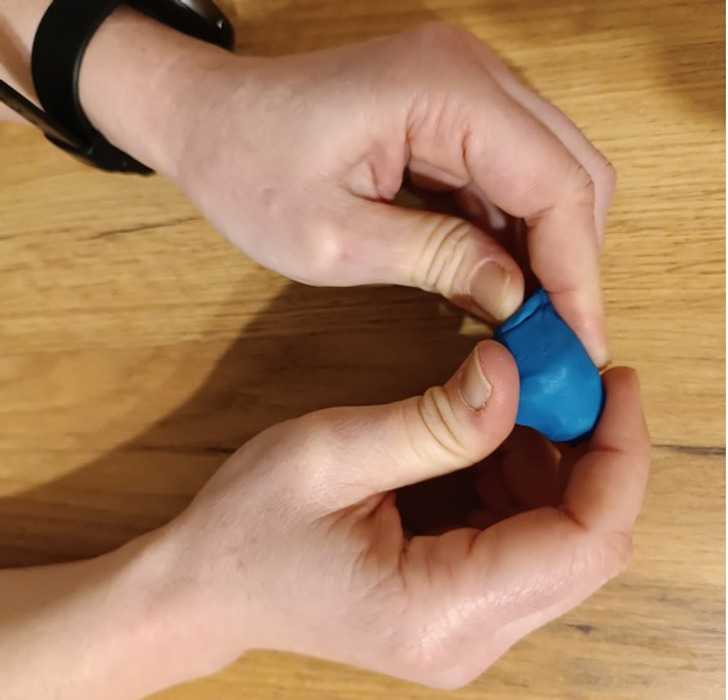
However, if you’re in the middle of a videoconference, you can’t really start doodling. That’s where plasticine can come to the rescue. Working with clay and other similar materials reduces cortisol levels in the blood and can help you calm down. I myself have noticed that if I fidget with a piece of plasticine in my hands during a presentation or an interview, it puts me in the right frame of mind and makes it easier for me to concentrate.
Stand up straight, with your shoulders back
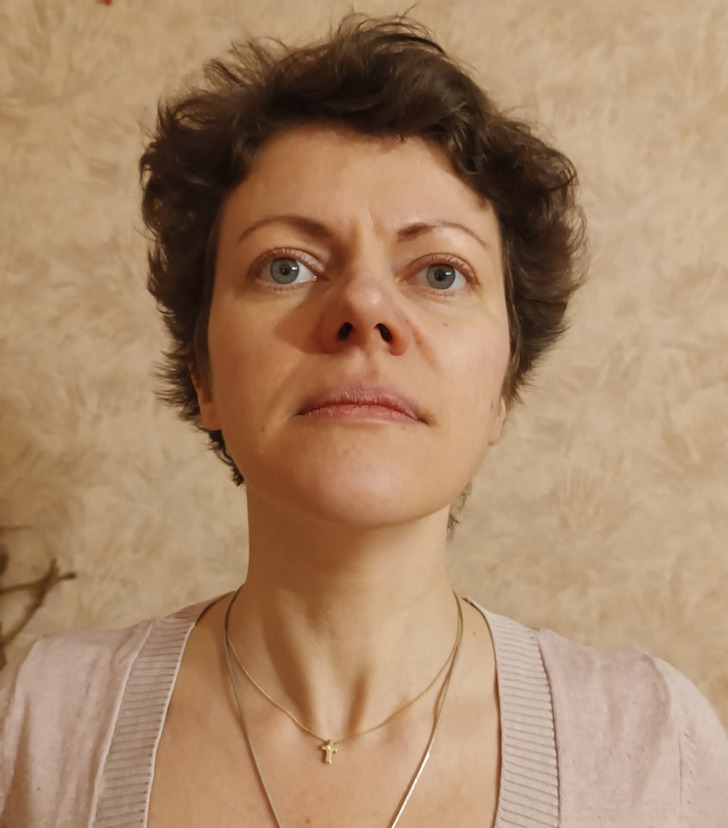
When stressed, we instinctively try to protect our upper body: our heart and lungs, so we hunch over and curl up. If you stand up straight, pull your shoulders back, open your chest and start breathing deeply, the body becomes aware that it’s not in danger. I’ve also found that I find it easier to deal with negative emotions by straightening my back, rather than hunching over and curling up.
Spend a few minutes playing the 5-5-5 game
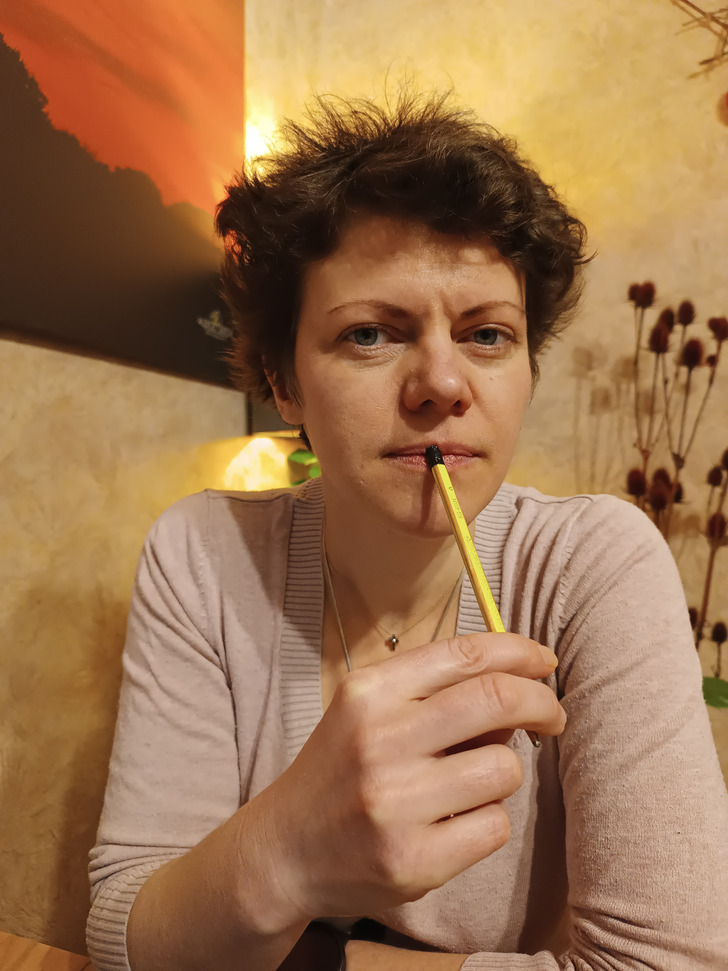
When we panic, we often find ourselves in a kind of vicious circle and begin to lose control over reality and our own bodies. To get your sense of security back, you can play the 5-5-5 game. First, look around your immediate environment and name 5 things you can see. Then point out 5 things you can hear, and move 5 body parts you can feel. As strange as it sounds, it really worked for me, even though I increased the number to 10.
Walk around for 10 minutes and do a “reality check”
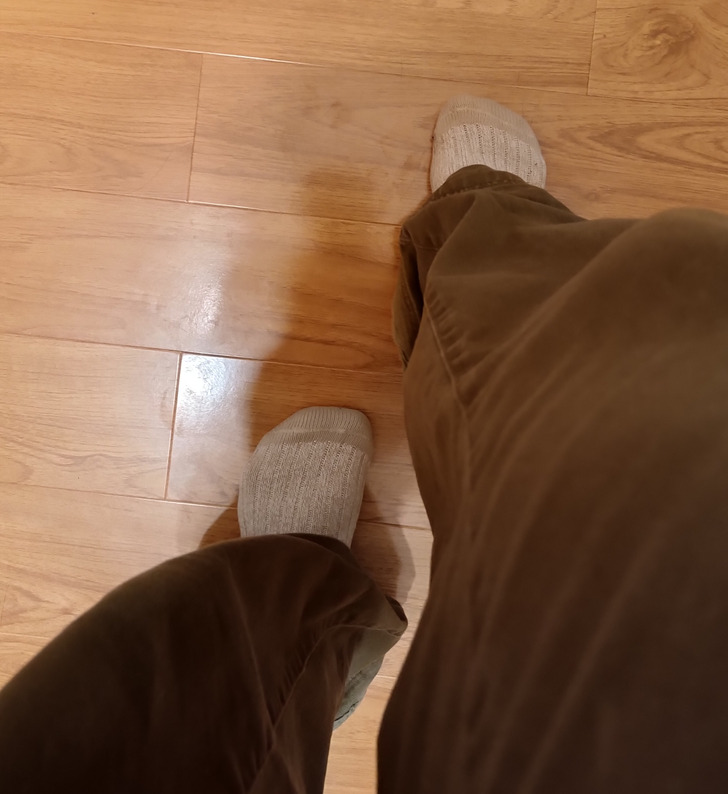
Often in moments of acute anxiety, our body triggers the instinctive “fight or flight” response. Light physical activity, such as a slow walk, can help you to calm down and overcome panic. I found that when I’m anxious, I just can’t sit still. But slow, measured movements help to bring me back to a balanced state.
If the anxiety doesn’t go away, you can always do a “reality check.” This includes estimating how high the probability of something bad happening really is on a scale of 1 to 100. This allows you to see if the anxiety is justified, or if you’re overreacting.
Count from 1 to 20
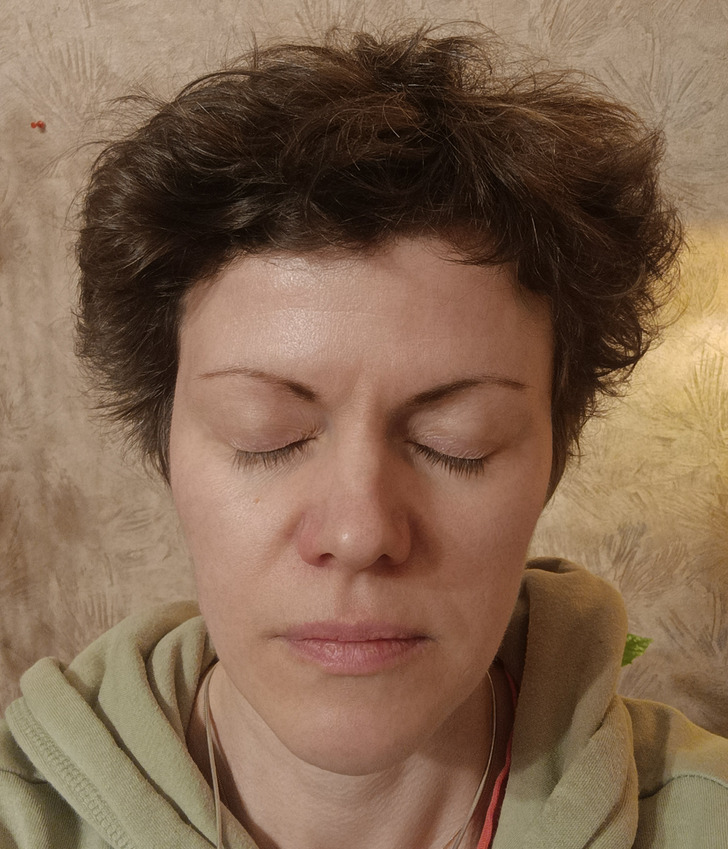
Simple counting can also help you deal with stress. Find a quiet place, get comfortable, close your eyes, and count slowly from 1 to 10. If anxiety persists, you can carry on with the exercise, counting to 20, 30, or 40. This can help you focus on something different and take your mind off the anxious thoughts.
Bonus: don’t be scared to ask for help
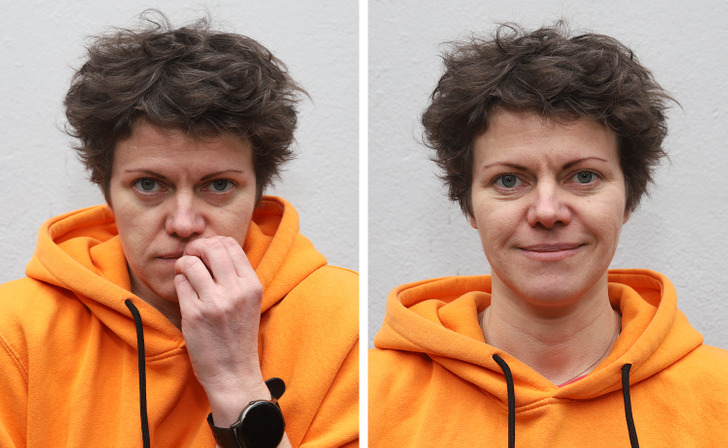
Worrying is normal and natural. However, if anxiety and fear start to rule your life, preventing you from working or doing household chores, it’s worth seeing a specialist. Often such problems are resolved quite quickly and people start to feel much better after their very first session.